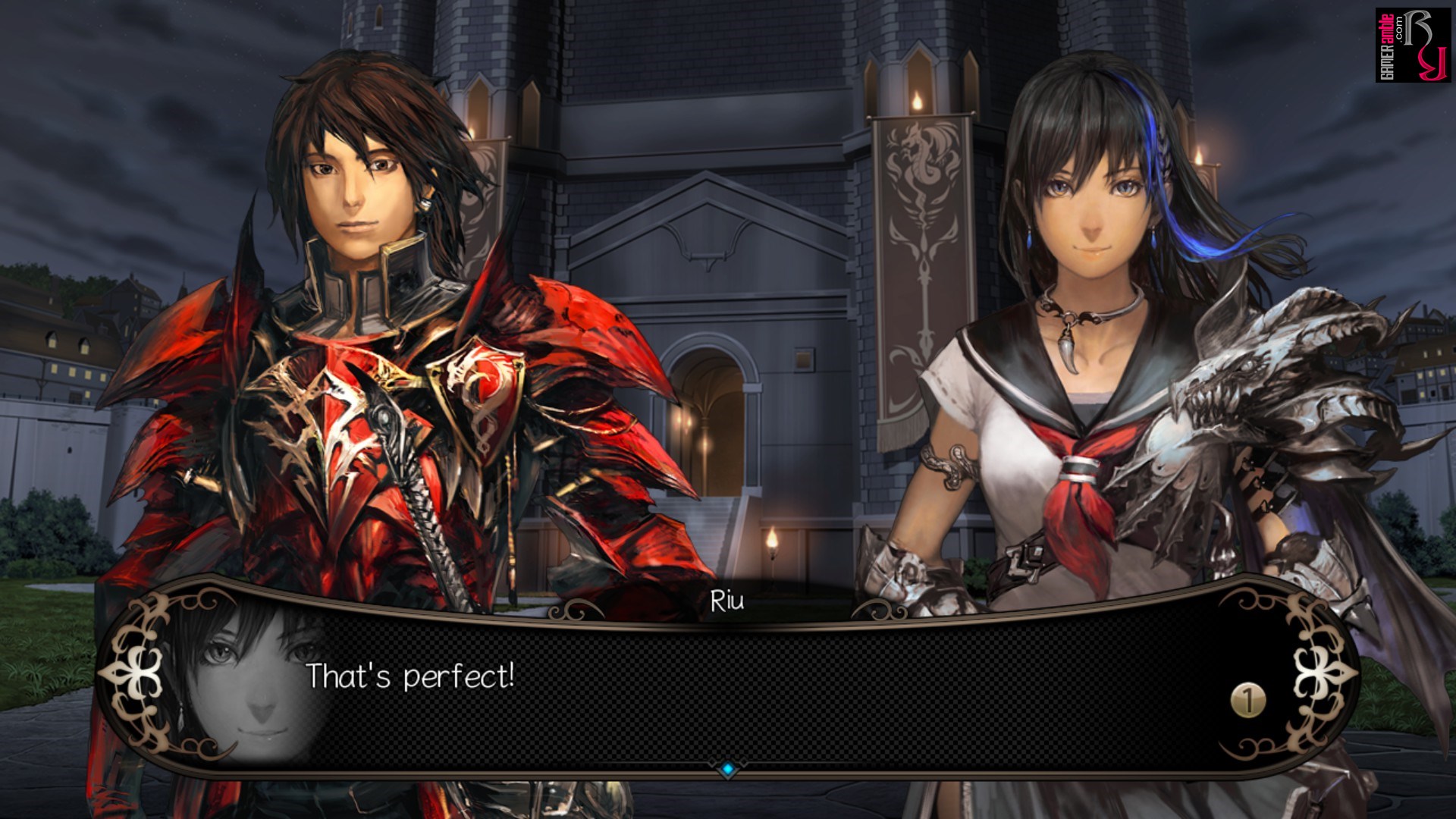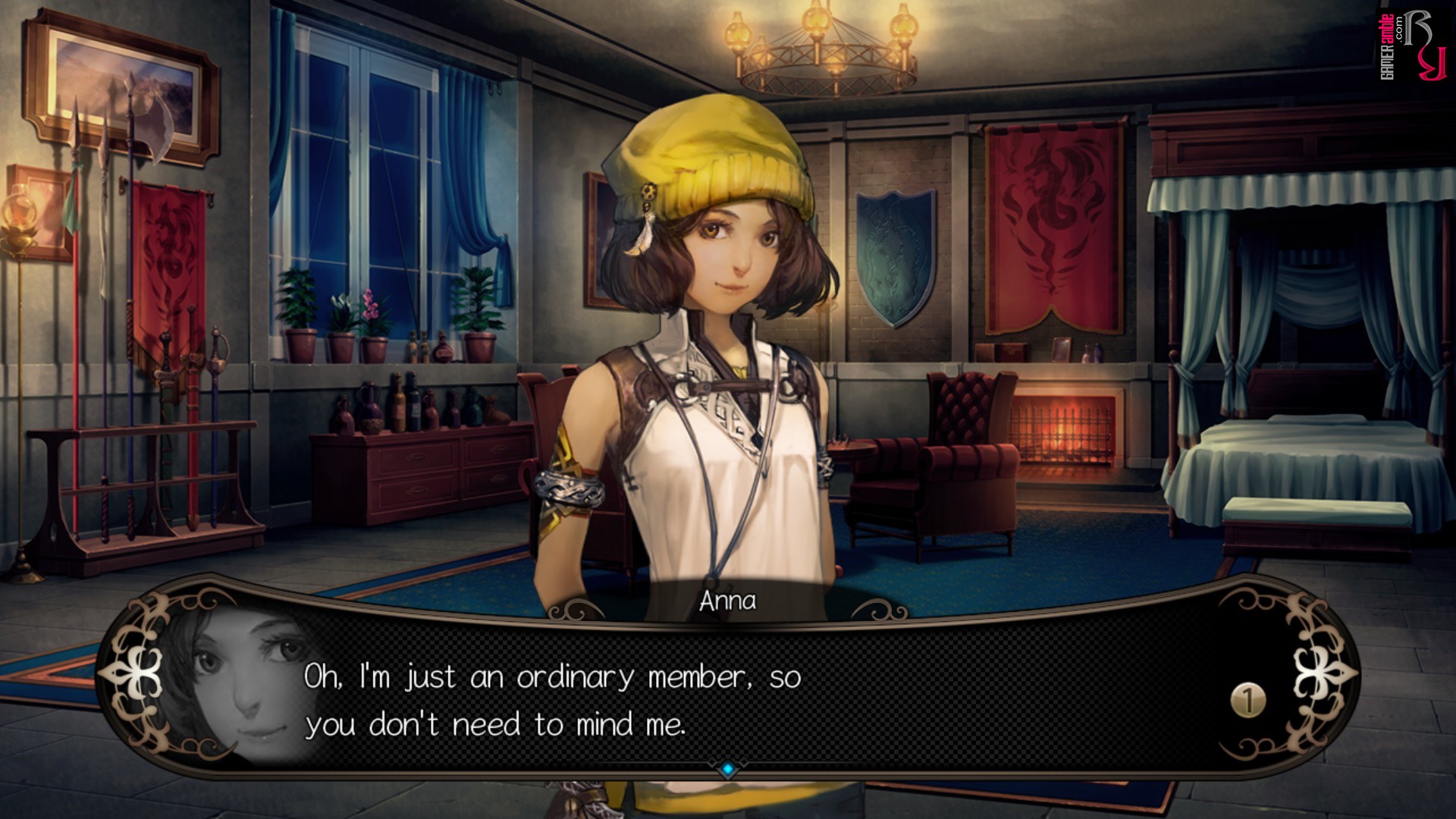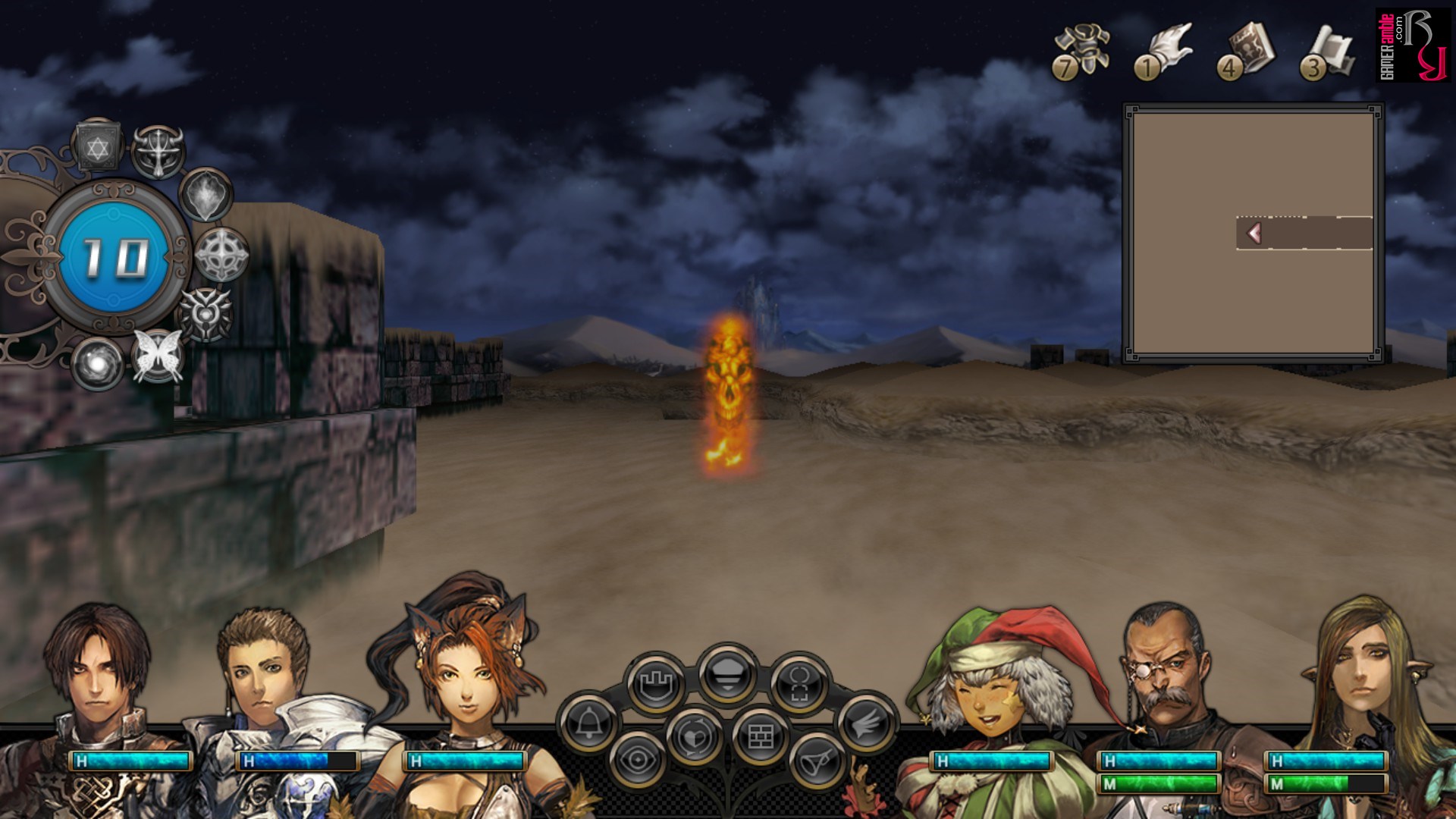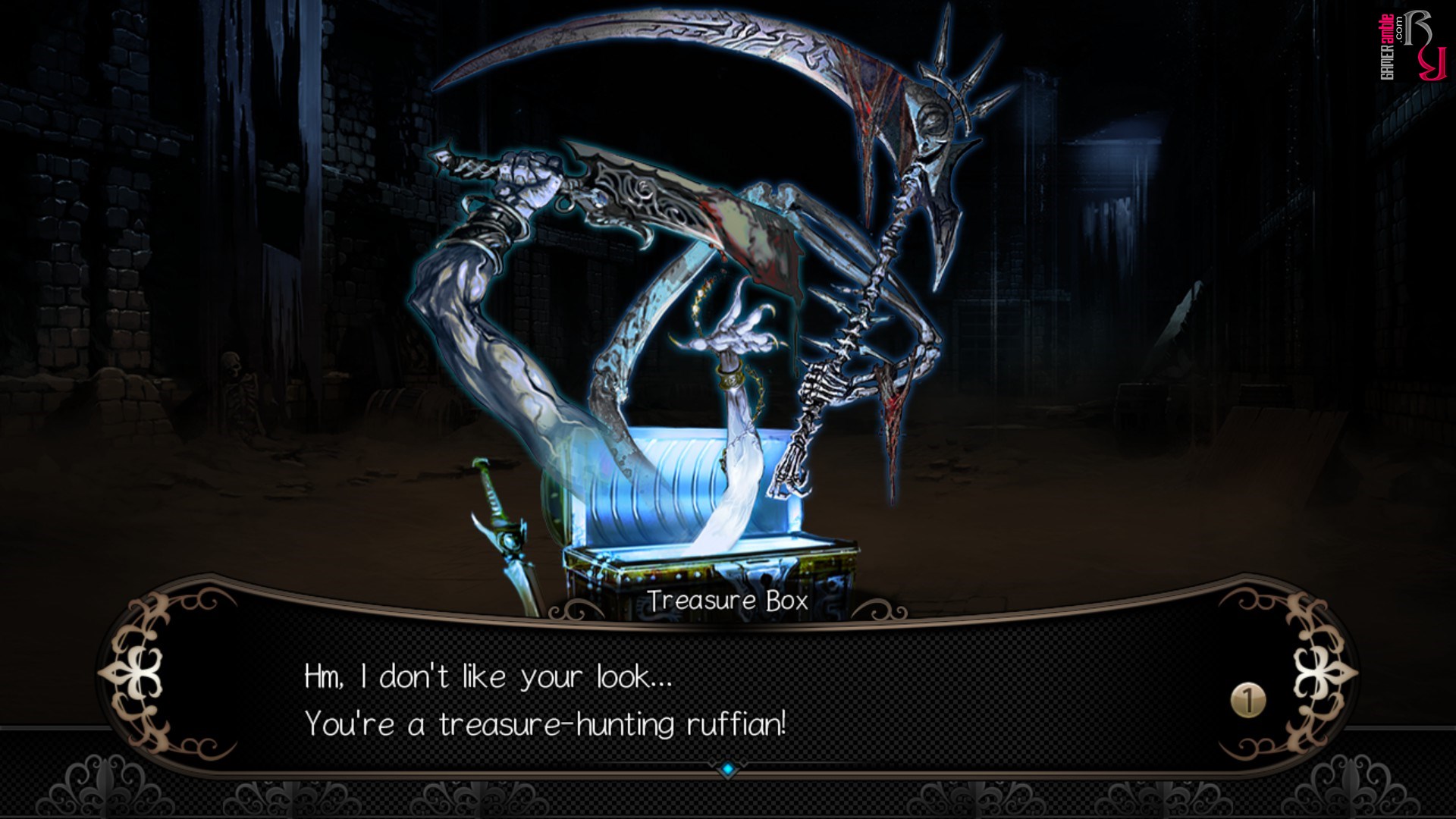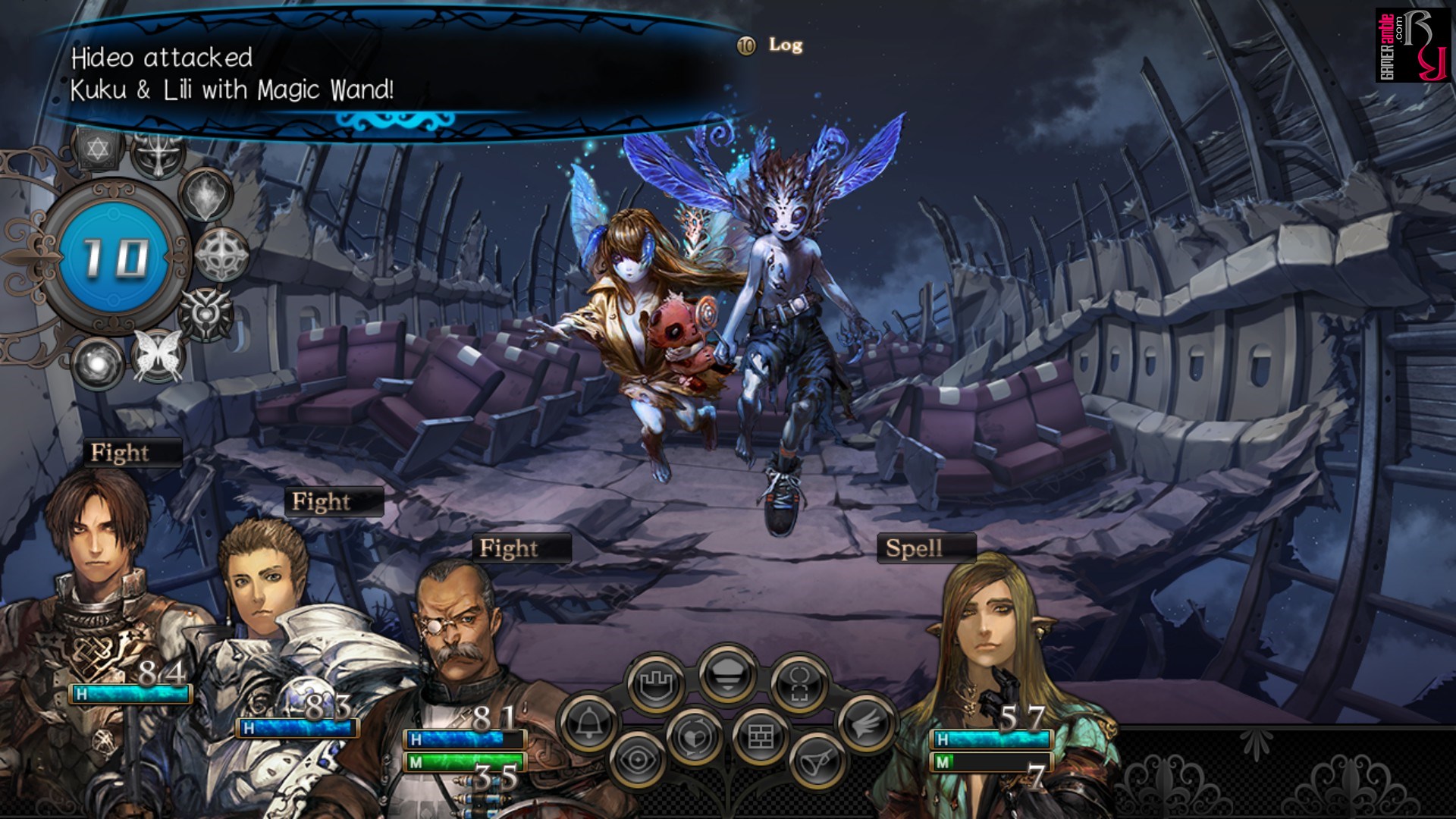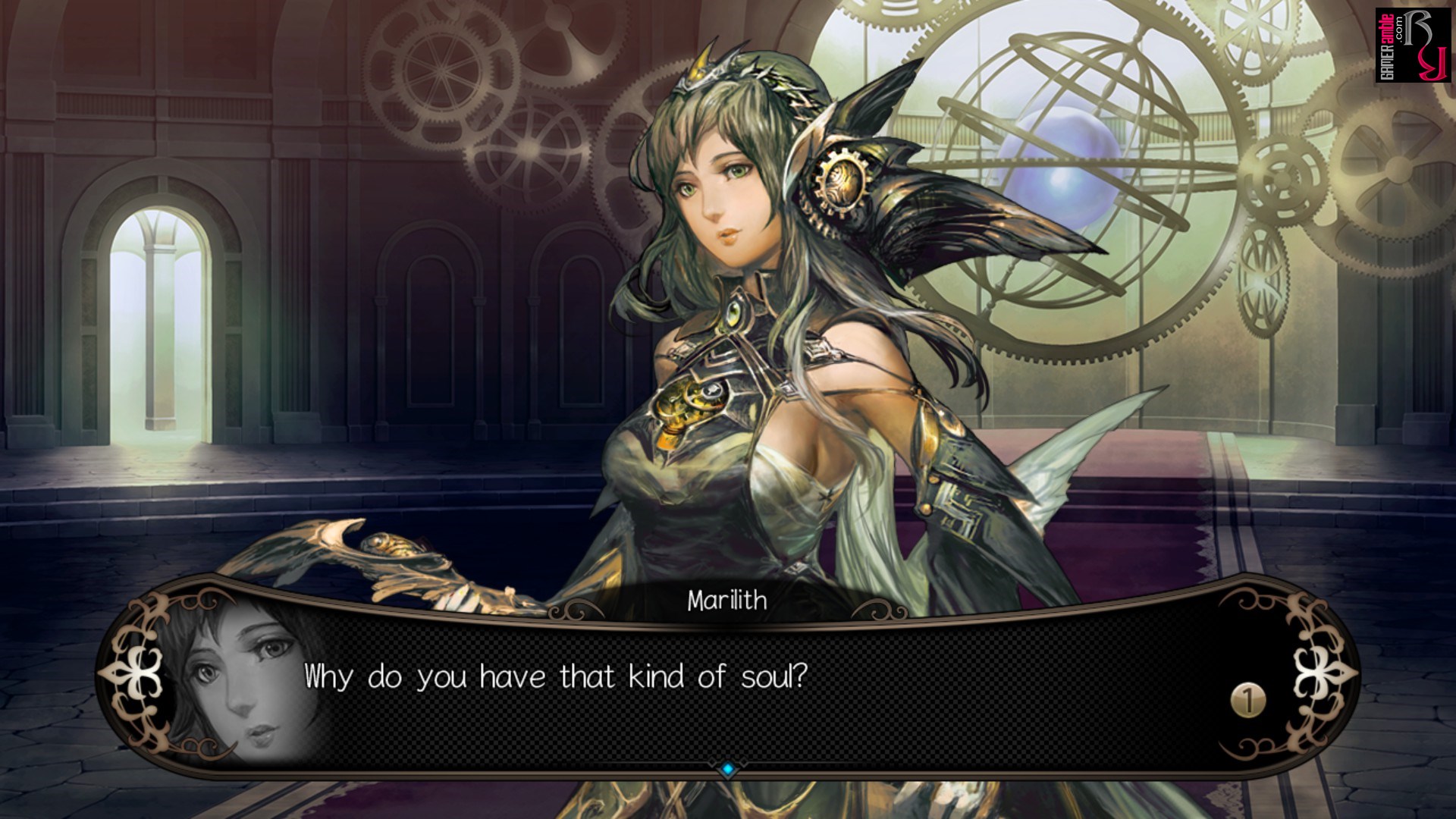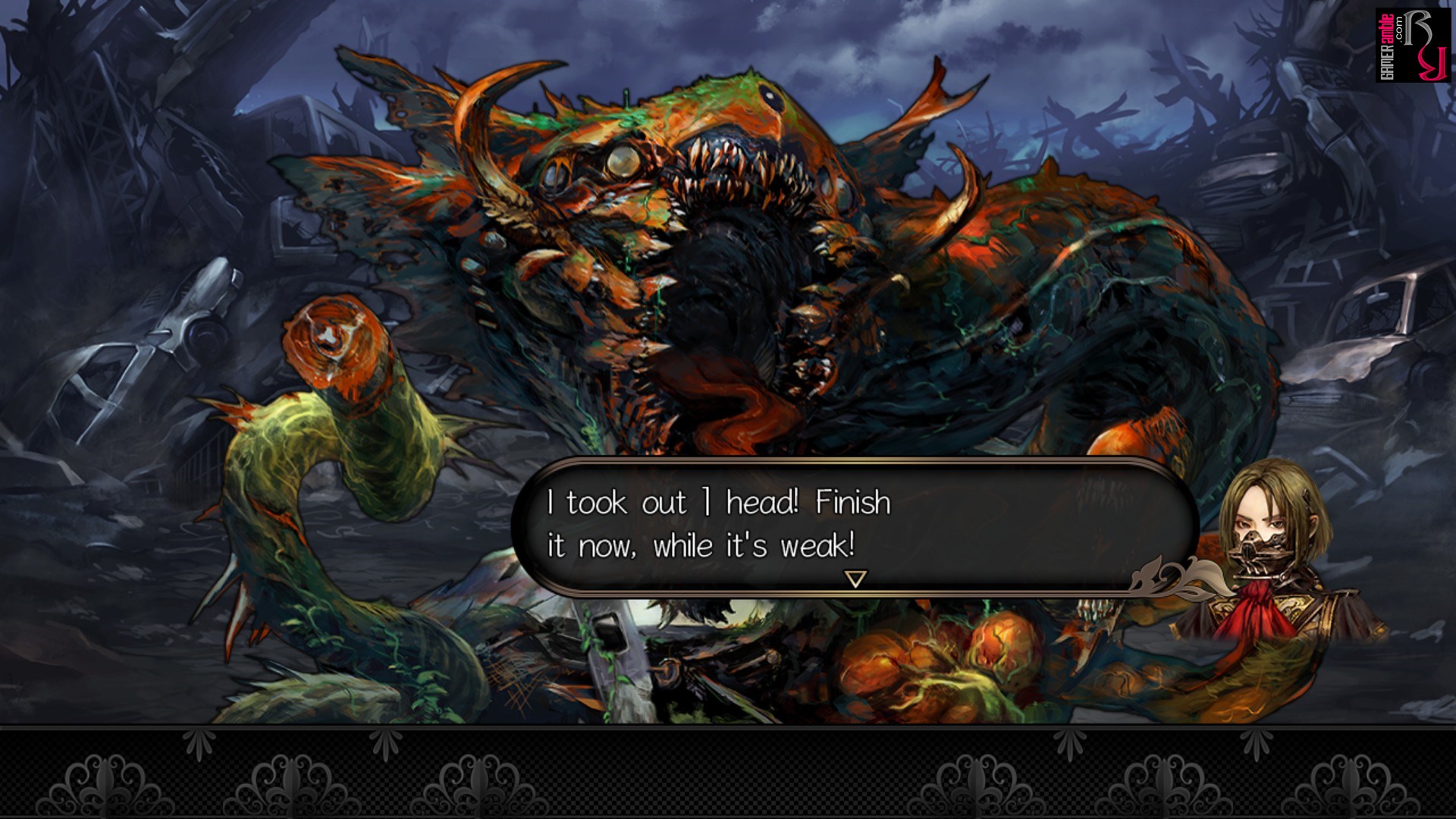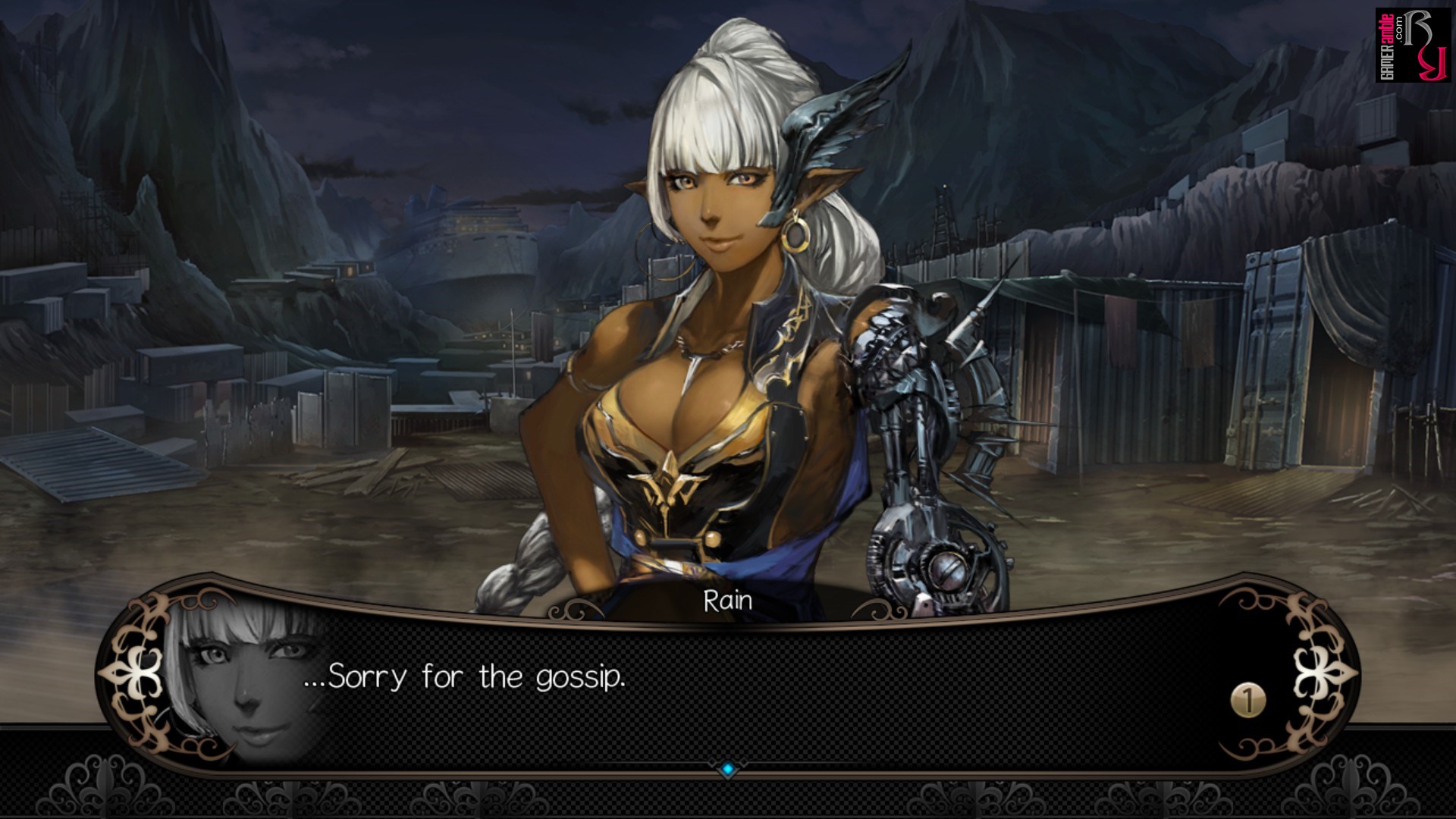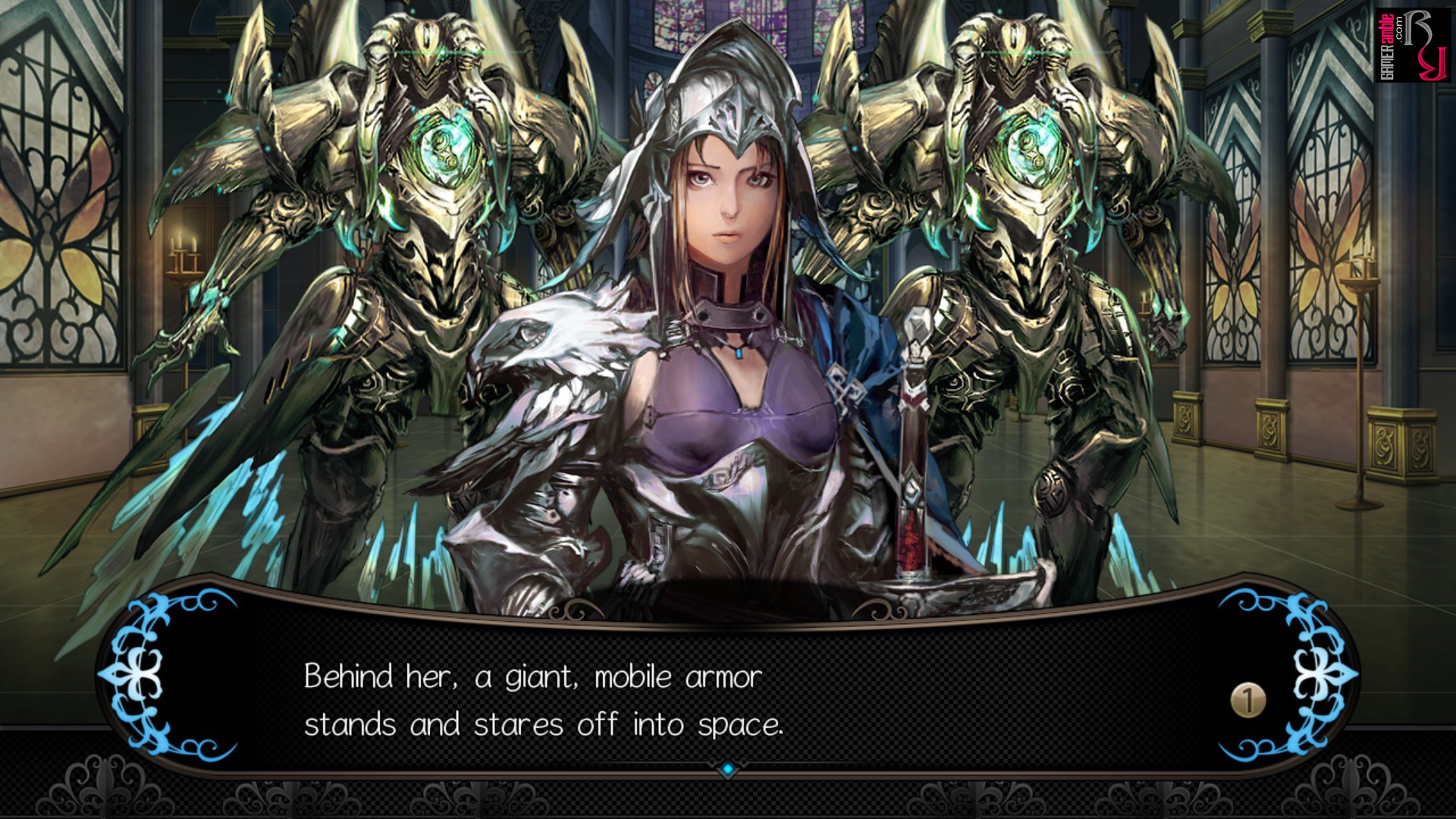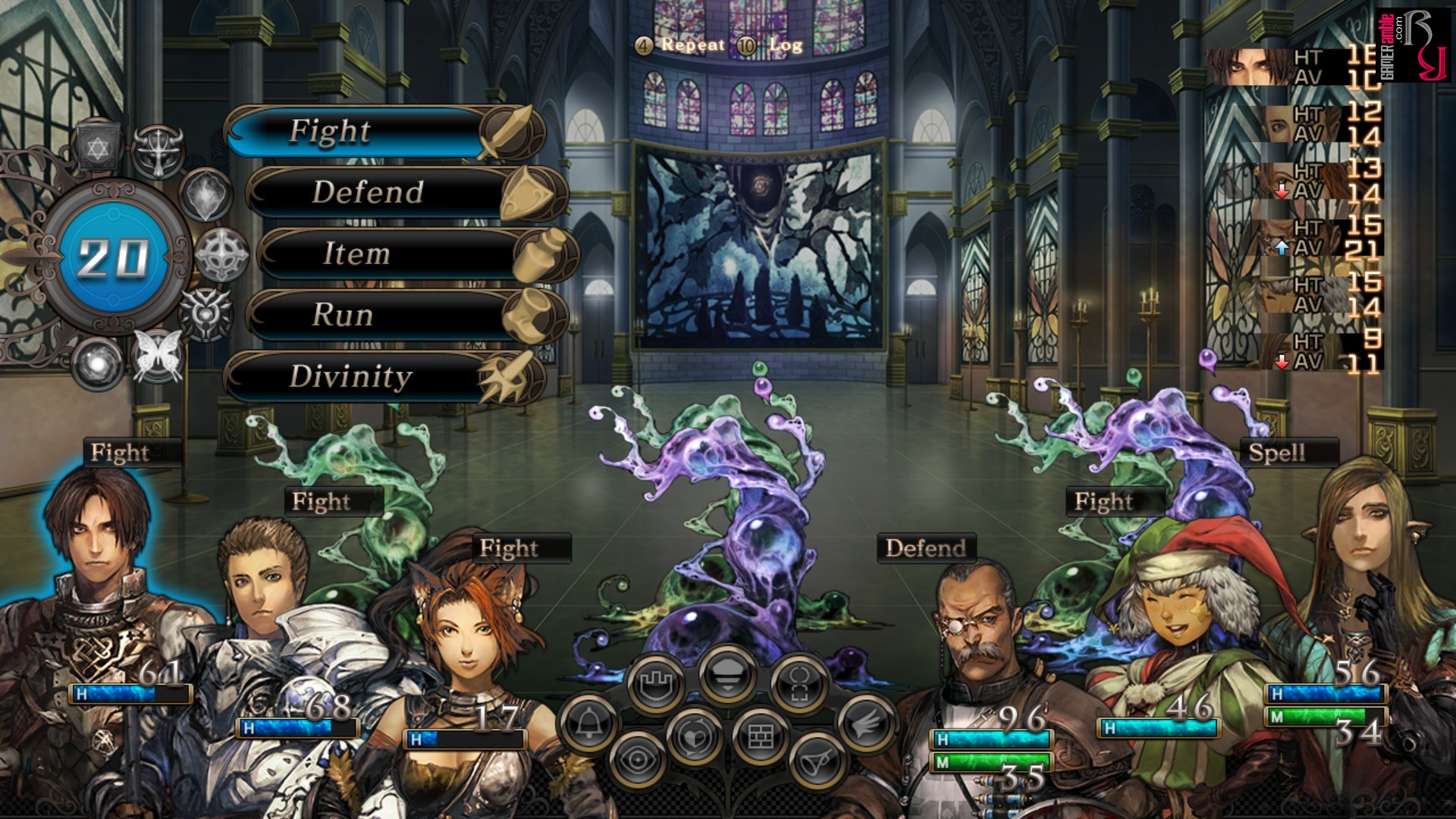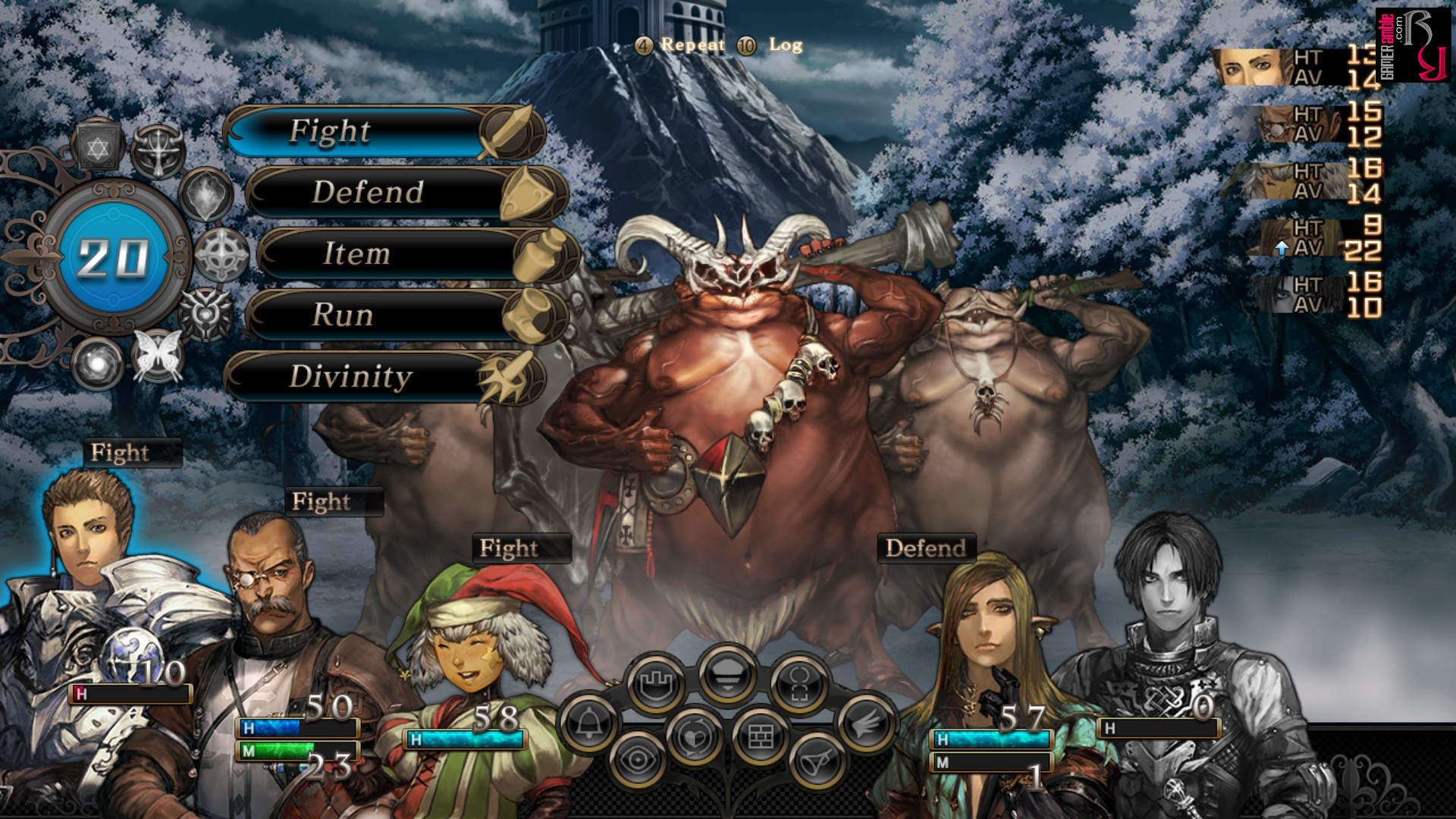Stranger of Sword City
Developer: Experience Inc. | Publisher: NIS America, Inc. | Release Date: 2016 | Genre: RPG | Website: Official Website | Purchase: Steam
Stranger of Sword City opens with your character waking up as the sole survivor of a plane crash. However, it seems that the plane was sucked into a mysterious portal, and the world you wake up to is not your own. Instead, it is a place called Escario, and you are soon informed that in this world, you are the “Chosen One,” a title that obviously comes with some nice benefits. Apparently, people from other worlds showing up is a common enough occurrence that they are referred to as “Strangers,” and in Escario, they are much stronger than in their own worlds. Your newfound talents come with a price, too, as you are tasked with hunting down powerful monsters called Lineage Types. It is only by defeating these imposing creatures and claiming their blood crystals that you have any hope of ever returning home.
While the story isn’t the most in-depth that we have seen for the dungeon-crawling genre, the setting is very interesting. Escario is a world that appears to be a fusion of old and new, so you’ll see castles and fortresses next to junkyards and derelict vehicles. Three factions are vying for control of the world: the Strangers Guild, Kingdom, and Medell Co. You are introduced to their respective rulers right off the bat, and it is up to you to decide who you trust. The blood crystals you retrieve from the Lineage creatures can be given to any of the three leaders; in exchange, they will grant you special divinity powers. These powers differ depending on who you side with, so choose carefully.
Players familiar with the genre will know precisely what to expect from the game. The majority of your time is spent exploring dungeons, slaying monsters, and leveling up your party. Before you rush off to kill Lineage-type monsters, you had better be prepared and make sure that your party is up to the task. You can take up to five other characters into battle with you, and in addition to the premade selection available, you can also create your own. There are multiple races and character classes, making assembling the “perfect” party quite enjoyable. Choosing melee-based characters that can soak up damage is advisable for your front row, while the back row is best suited to those with ranged attacks, such as rangers or ninjas. When creating your party, you can also choose from innate talents for members, ranging from better defense to extra attribute points and more specialized skills. We recommend creating new party members even if you plan on sticking to the premade ones, as characters left behind at base still earn experience and generate cash. Having backup members available also comes in handy due to the permadeath nature of the game, which we will discuss later.
Visually, Stranger of Sword City is a mixture of great and not-so-great. There are actually two different art styles to choose from for the characters, which is something you don’t see very often. The original style is darker and more realistic, but you can also opt for a more vibrant manga style. The hand-painted enemy designs and backgrounds look brilliant, but animations are lacking. There are plenty of enemies, and they are all very detailed, so it is understandable, but the lack of animations makes the game feel more dated. The only animations are the battle effects to indicate sword slashes and magic attacks, and even these can be toggled on or off. The upside is that the game runs flawlessly, even on systems with dated hardware.
Dungeons are explored in first person, with tile-based movement, but the visuals falter a bit here. While most of the dungeons look dark and ominous from a distance, the low texture quality becomes very noticeable once you get up close to the walls.
The audio is decent, and in addition to the catchy soundtrack, the game also features Japanese voice acting for most of the characters. Sadly, there is no banter between party members or any interaction at all, for that matter. The user interface is initially confusing, as many things look like buttons when they are not. After a few hours, the interface makes more sense, but initially, it is a bit daunting. Thankfully, the game features an auto-map, and you can even auto-move to previously reached tiles on the current dungeon floor. This is a very welcome feature, considering how much backtracking you must do. You can also only save back at base, so turning tail and running back is sometimes the safest thing to do. You’ll eventually find teleport points in the middle of dungeons to help ease the pain, but mostly, you’ll have to retrace your steps or use a costly item to return.
Battles play out in turn-based fashion and are viewed in first person. The enemy encounters in dungeons are both random and at set points but won’t net you any loot. Instead, you have to use the hide/ambush feature, which can only be done in certain rooms, and success is based on your party’s morale. Ambushing monsters allow you to see what loot they are carrying before attacking them, but you must defeat their leader in a certain amount of turns, or it will escape, denying you the chance to grab whatever it had. Armor and weapons can also be bought from a store, but ambushed monsters generally carry far better stuff.
To make things even more tense, the game features a perma-death mechanic. Depending on their age, each character has between one and three “Life Points.” If they lose all their health in battle, they die and lose a life point. They can be revived back at base, but they vanish for good if they ever run out of life points. This is particularly annoying if you encounter a sudden difficulty spike where most of your party gets wiped out, so be sure to save often, and don’t be afraid to flee from battle if the odds are against you. Slaying the Lineage-type monsters also takes a bit more effort than simply trudging to the end of a dungeon. Instead, even finding them can be a bit of a mission. Some can only be found via ambush, while others might find you, provided you hold an item they desire. Defeating them is a challenge but also very satisfying. Overall, the game is quite lengthy, and there is even a New Game+ for an added challenge after completing it.
Getting the most out of Stranger of Sword City requires lots of grinding and careful party management, but fans of the genre will relish the challenge. Changing character classes allows you to fine-tune your party, but enemies are challenging enough that you never feel too powerful. While this PC version of the game could be better, it is more than playable and will keep players busy for ages. Anyone hankering for challenging, old-school dungeon crawling should take the trip to Escario and fulfill their destiny.
System Requirements
- OS: Windows 8/7/Vista
- Processor: Pentium 4 2.40 GHz
- Memory: 1 GB RAM
- Graphics: VRAM 256MB
- DirectX: Version 9.0c
- Storage: 1 GB available space
- Sound Card: DirectX 9.0c
- OS: Windows 8/7/Vista
- Processor: Core 2 Duo
- Memory: 2 GB RAM
- Graphics: VRAM 512MB
- DirectX: Version 12
- Sound Card: DirectX 12


